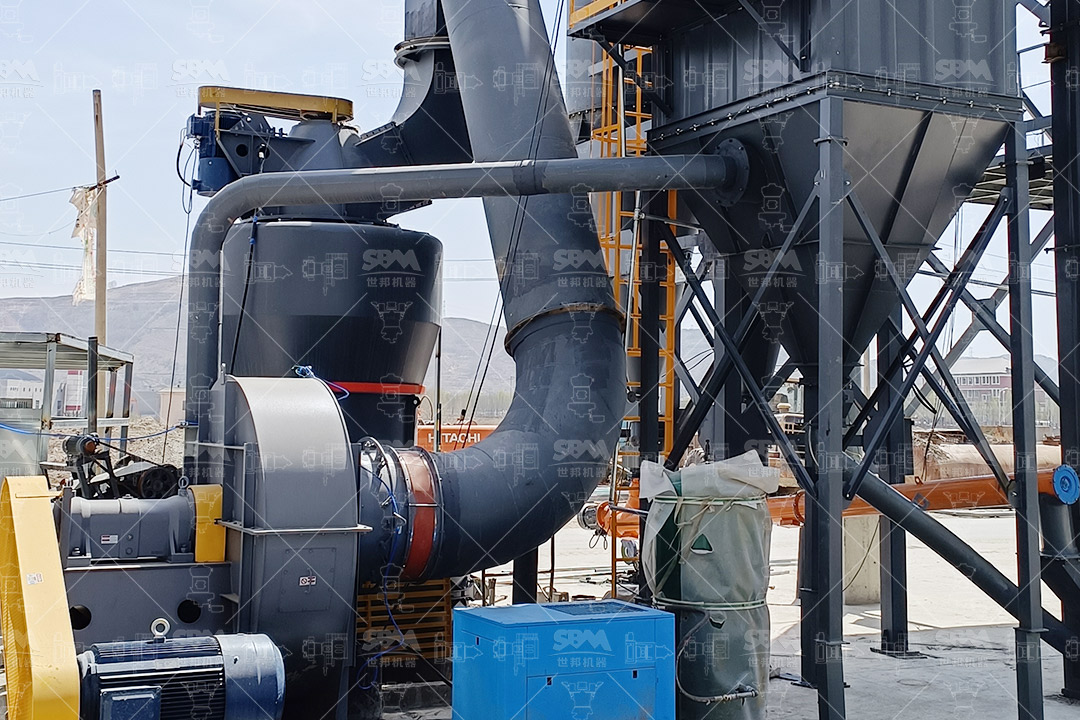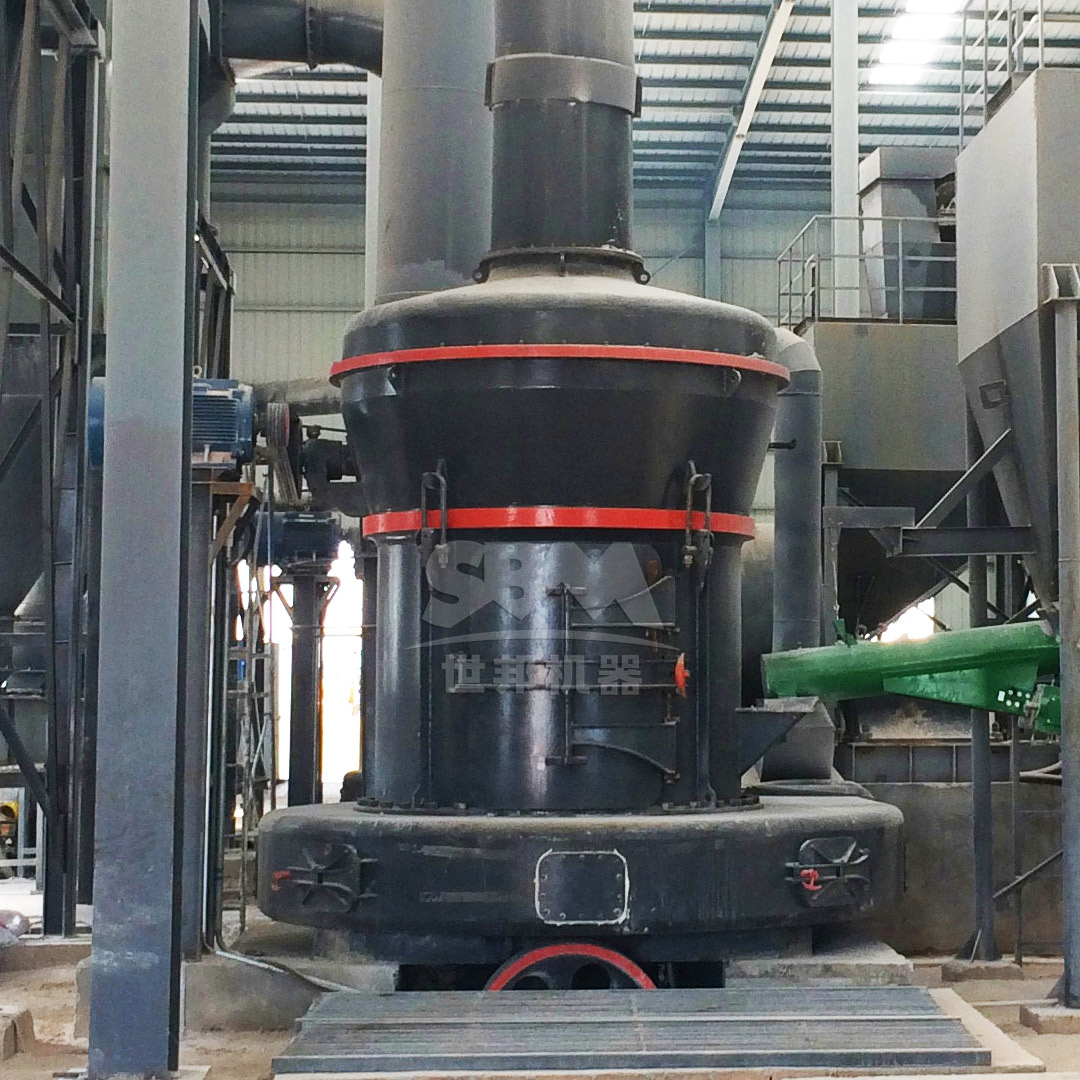Limestone, a fundamental raw material in numerous industrial applications including cement production, flue gas desulfurization, and soil stabilization, derives its utility primarily from its chemical reactivity. This reactivity is intrinsically linked to the physical characteristics of the powdered limestone, which are, in turn, predominantly determined by the grinding process employed. The efficiency and effectiveness of grinding operations are governed by a complex interplay of parameters such as grinding energy, fineness, particle size distribution (PSD), and the specific technology used. A comprehensive understanding of how these parameters influence the final product’s surface area, morphology, and dissolution rate is crucial for optimizing industrial processes, reducing energy consumption, and enhancing product performance. This article provides a detailed analysis of the impact of key grinding parameters on limestone reactivity and explores how advanced milling technologies can be leveraged to achieve superior control over these properties.
The transformation of raw limestone into a reactive powder is a process governed by several critical parameters. The relationship between these parameters and the resulting powder characteristics is foundational to process optimization.
The most direct parameter influencing reactivity is the fineness of the ground product, often quantified as the Specific Surface Area (SSA). A higher SSA provides more surface sites for chemical reactions to occur, thereby accelerating dissolution and reaction kinetics. For instance, in flue gas desulfurization, a finer limestone powder with a high SSA reacts more rapidly with sulfur dioxide. Fineness is typically measured by the residue on specific sieves (e.g., 45μm or 75μm) or more accurately by Blaine surface area (m²/kg). Achieving a high Blaine value, however, comes with an exponential increase in energy consumption, as the energy required is inversely proportional to the square root of the particle size. This highlights the critical trade-off between reactivity and operational cost.
Beyond mere fineness, the shape of the PSD curve is a paramount factor. A narrow PSD, often referred to as a \”steep\” distribution, is generally preferred for enhanced reactivity. A wide PSD containing both very fine and coarse particles can be detrimental; the coarse fraction reacts slowly, acting as an inert filler, while an excess of ultra-fines can lead to issues like agglomeration and increased water demand in cementitious systems. An ideal PSD for maximum reactivity features a high volume of particles in the 1-30μm range, minimizing the sub-micron and +45μm fractions. Advanced grinding systems with integrated high-precision classifiers are essential for achieving such controlled distributions.
| Grinding Parameter | Primary Effect on Reactivity | Associated Trade-off |
|---|---|---|
| Increased Fineness (Higher SSA) | Faster dissolution rate, higher chemical activity | Exponential increase in energy consumption |
| Narrow PSD | More uniform reaction, reduced inert fraction | Requires sophisticated classification technology |
| Optimized Grinding Pressure | Creates micro-fractures, increasing surface energy | Higher wear on grinding elements |
The specific energy input (kWh/t) and the mechanism of size reduction (compression, impact, or shear) significantly affect particle morphology and surface chemistry. High-pressure grinding, as seen in vertical roller mills, can create particles with micro-cracks and a more disordered crystal structure, which increases their surface energy and reactivity. In contrast, impact-based grinding may produce more rounded particles. The energy efficiency of the mill is therefore not just an economic concern but also a qualitative one, as different energy transfer mechanisms yield powders with distinct physicochemical properties.

Selecting the appropriate grinding technology is paramount to mastering the parameters discussed above. Traditional ball mills, while robust, are often inefficient and offer limited control over PSD. Modern grinding solutions provide superior precision, energy efficiency, and product quality.
For applications demanding the highest levels of fineness and reactivity, such as high-performance concrete additives or specialty chemicals, the SCM Series Ultrafine Mill is an exemplary solution. This mill is engineered to produce powders in the range of 325 to 2500 mesh (D97 ≤ 5μm), achieving the high SSA critical for extreme reactivity.
Its technological advantages directly address the key parameters for reactivity:
For a project requiring a consistent output of 8 tons per hour of ultrafine limestone powder with a D97 of 10μm, the SCM1000 model, with its 132kW main motor and proven capability to handle 0-20mm feed material, would be an ideal choice to achieve the target reactivity reliably and efficiently.

For general industrial applications where a balance between capacity, fineness, and operational cost is key, the MTW Series Trapezium Mill offers a compelling package. Capable of producing powders from 30 to 325 mesh, it covers a wide spectrum of limestone reactivity requirements for sectors like building materials and agriculture.
Its design features contribute significantly to producing a reactive product:
The MTW Series demonstrates that advanced technology is not solely for ultrafine grinding; it is equally critical for optimizing the reactivity of coarser products through superior process control and energy management.
A practical study was conducted to quantify the impact of grinding parameters. Limestone samples were processed using different mill configurations, and their reactivity was assessed via a standardized acid dissolution test.
| Mill Type | Specific Energy (kWh/t) | D50 (μm) | Blaine (m²/kg) | Reactivity (mg Ca²⁺/min) |
|---|---|---|---|---|
| Ball Mill | 48 | 25.5 | 380 | 12.5 |
| MTW Trapezium Mill | 35 | 18.2 | 450 | 16.8 |
| SCM Ultrafine Mill | 68 | 6.8 | 780 | 28.4 |
The results clearly demonstrate that advanced mills like the MTW and SCM series not only achieve finer products and higher reactivity but can do so with significantly better energy efficiency compared to traditional ball milling. The SCM Mill, despite a higher absolute energy input, delivers a disproportionately high increase in reactivity, making it cost-effective for premium applications.

The reactivity of ground limestone is not a fixed property but a variable that can be precisely engineered through the careful selection and control of grinding parameters. Fineness, particle size distribution, and the specific grinding energy and mechanism are the primary levers for influencing the final product’s performance. Modern milling technologies, such as the SCM Series Ultrafine Mill for exceptional fineness and the MTW Series Trapezium Mill for high-capacity balanced production, provide the necessary tools to master these parameters. By moving beyond traditional grinding methods and adopting these advanced systems, producers can unlock higher levels of limestone reactivity, leading to improved efficiency in downstream processes, development of higher-value products, and a more sustainable operation through reduced energy consumption and waste.